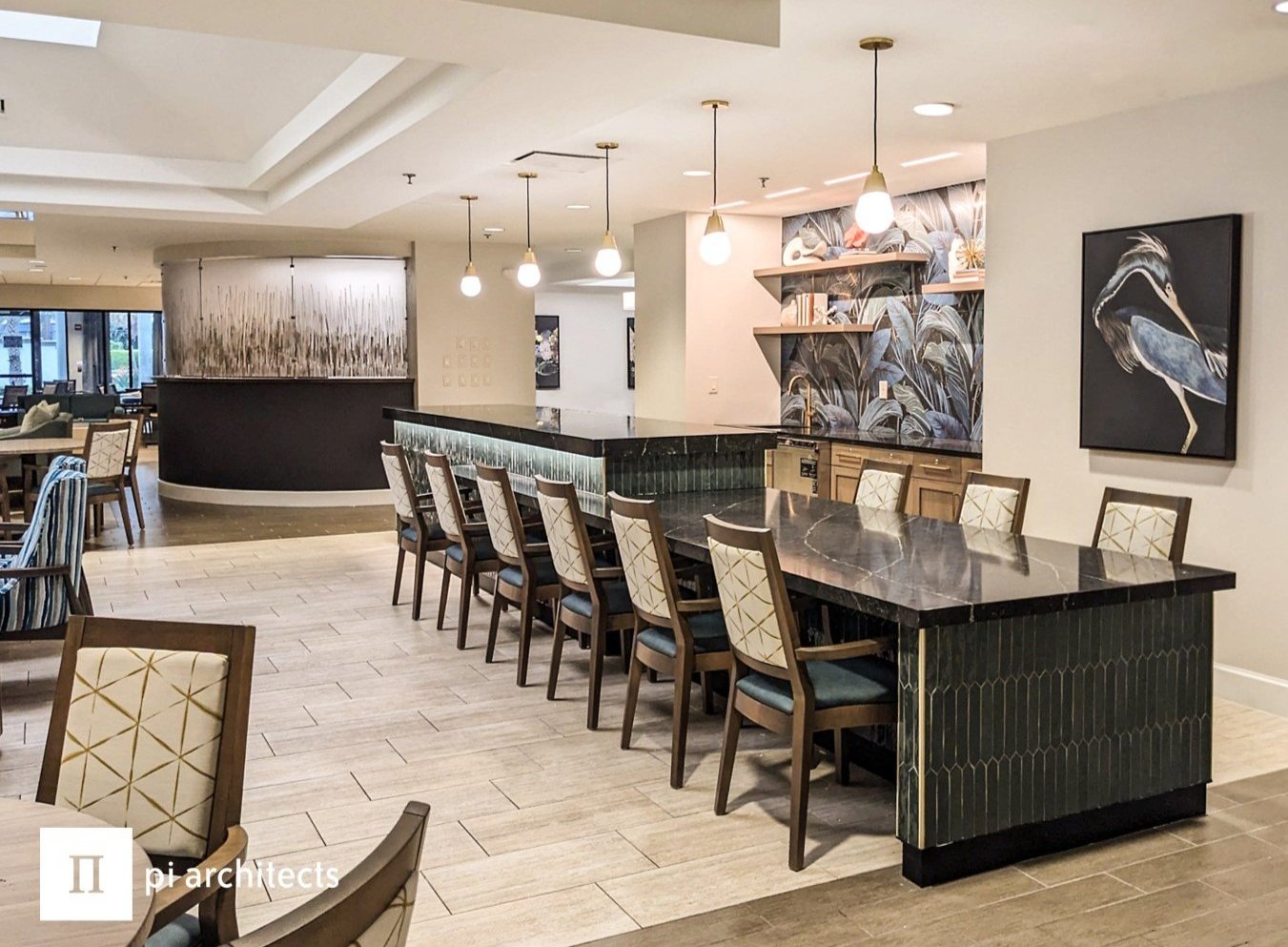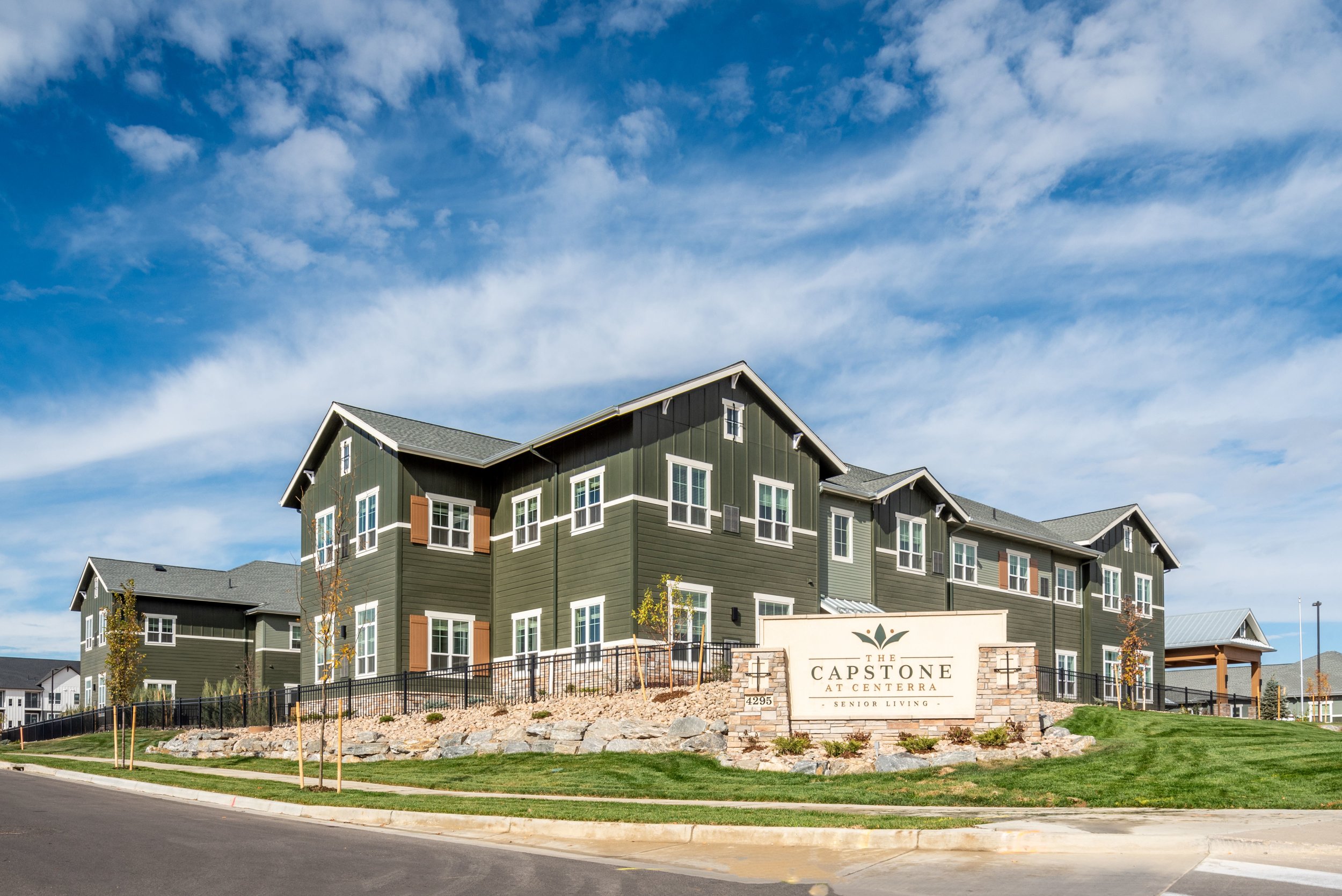Six tips to defend against fire in senior living
Highlights
- Residents are vulnerable due to decreased mobility
- Safest location in a fire, is to remain in building
- Sprinkler system is the No. 1 way to prevent fires in senior living
Fires in senior living apartments and communities have swept national headlines recently, detailing the destruction that these disasters can cause, and sparking around fire safety — particularly as it relates to buildings’ construction.
In a suburb of San Antonio, Texas, five people died and 10 were injured late last year after a three-alarm fire broke out in an 11-story high-rise that housed about 700 residents.
More recently, a cigarette caught bedding on fire at a senior living community in Golden, Colo., leading to the death of one resident. In Westland, Michigan, 20 units at a community were evacuated when a fire broke out in the early morning hours, leaving 50 to 60 residents displaced.
And there could be more fires to come before the season is over, as home fires and resulting deaths peak in the colder months, according to the National Fire Protection Association (NFPA).
In light of the dangers that fires can cause, particularly at senior living communities where residents are less mobile, providers are looking for ways to prevent them entirely.
But some suggest the best way to prevent a fire is to build with it in mind. While fire safety requirements vary by property type and by state, industry experts say best practices call for the highest level of construction, regardless of the regulations.
Here are six best practices for senior living providers to consider:
1. Install a Sprinkler System
All long-term care facilities were expected to be fully sprinklered as of August 2013, according to the Centers for Medicare & Medicaid Services (CMS).
However, some communities may have received extensions if they were not able to meet the deadline due to the magnitude of the undertaking.
Costs, in particular, can be a significant hurdle for organizations looking to retrofit a sprinkler system in existing buildings, says Tom Jaeger, a fire protection engineer based in Great Falls, Va.
Depending on various factors, the cost of retrofitting a sprinkler system could be double what it costs to install one in a new build.
“It’s much cheaper to install anything in a building while it’s under construction,” Jaeger says.
Despite the challenges, industry architects suggest having a sprinkler system is the No. 1 way to prevent fires in senior living.
“It’s the best line of defense,” says Mark Warrick, who leads the Austin, Texas-based firm Pi Architects, along with Greg Hunteman. “A best practice is [to have] the building fully sprinklered with quick response heads.”
Doing so could be a matter of life or death.
“I’ve investigated every multiple-death fire in a nursing home since 1972, and every one of those was a non-sprinklered building,” Jaeger says.
2. Construct Smoke and Fire Barriers
The next layers of defense are smoke and fire barriers, which make it easier for residents to move to a different area of the community during fire emergencies.
In essence, these barriers break up the building into several compartments, which can contain the fire and smoke from spreading for a period of time, allowing residents to get to safety without having to take flights of steps.
“For nursing homes and higher-acuity assisted living [communities], it’s dangerous to evacuate residents outside in inclimate weather,” Warrick says. “It’s much safer to have a ‘defend in place’ methodology, and that’s where the smoke walls and fire walls come into play. You can take residents from one compartment to another and the fire and smoke are contained.”
However, problems related to improper fire and smoke barriers remain some of the top deficiencies in health care facilities, according to the NFPA.
While state regulations on these barriers vary for senior living communities, Warrick and Hunteman say installing them — and doing so properly — is a best practice in protecting against fires and fire-related injuries.
3. Use Noncombustible Materials
Building with noncombustible materials — steel, metal or concrete, for example — can prevent the spread of fires in senior living, and is among the best practices for doing so.
As defined by the NFPA, a noncombustible material is one that, in the form in which it is used, and under the conditions anticipated, will not ignite, burn, support combustion or release flammable vapors when subjected to fire or heat.
Belmont Village Senior Living, which has 24 assisted living communities nationwide, constructs all of its buildings with steel or concrete, as opposed to wood, in order to add an extra layer of defense.
“Our communities are built to the highest life safety standard, recognizing that a senior is going to take much longer to evacuate in the event of an emergency than a younger person,” says CEO Patricia Will. “You have to be able to protect the senior for a longer period of time, and your construction type dictates that.”
To best protect its residents, Belmont Village Senior Living uses noncombustible materials to construct its properties, such as Belmont Village Hunters Creek in Houston, Texas, (above), as well as Belmont Village Turtle Creek in Dallas (at top).
Belmont Village Senior Living uses noncombustible materials to construct its properties, such as Belmont Village Hunters Creek in Houston, Texas (above), as well as Belmont Village Turtle Creek in Dallas (at top).
Will also notes that nobody at Belmont Village — including employees, residents or family members — are permitted to smoke in the buildings. Different states, cities and jurisdictions have different rules regarding smoking in senior living communities, but Belmont Village has standardized the prohibition of smoking since its inception.
“No matter what the state rules are, nobody smokes. The risk is huge when it comes to someone smoking in bed or dropping a cigarette,” she says.
4. Upgrade Kitchen Cooktops
Cooking equipment, data shows, is the leading cause of home structure fires and home fire injuries, with two in every five (42%) home structure fires starting in the kitchen.
With that in mind, providers should update their kitchens, either with new appliances or with safety devices that can extinguish fires, experts say.
Roanoke, Virginia-based Friendship Retirement Community and Richfield Living Community are installing StoveTop FireStop devices in about 150 apartments after receiving a grant from the Federal Emergency Management Agency (FEMA).
These devices are automatic stovetop fire suppressors that will open when a sustained flame comes in direct contact with its underside.
Other providers are upgrading to equipment that has a fire suppression system built into the hood of the cooktop, says Hunteman, noting that Pi Architects installs these in all kitchens in senior living buildings now.
5. Separate the Laundry Facilities
Despite the prevalence of kitchen fires, Warrick and Hunteman say laundry rooms are also common areas of fire origin in senior living communities.
“Most fires are started in laundry rooms and soiled linen rooms, so extra care should be taken in those areas too,” Warrick says.
Hunteman suggests providers separate the laundry facilities from the main building to ensure resident safety, even if it might be harder on the provider’s operations.
6. Maintain Fire Prevention Systems
Having fire prevention and suppression systems are essential in senior living, but maintaining them is even more important.
“The big key is making sure a building is constructed correctly from the get-go,” Hunteman says. “The other key is that the operator maintains it.”
For example, if smoke and fire barriers are penetrated, these holes must be sealed in order to maintain the barriers’ resistance.
Proper maintenance and regular review of these systems is a best practice for providers, Warrick says.
Ultimately, it falls on the provider to make sure their buildings are safe for residents. In the event that a fire occurs, it is also their responsibility to investigate the cause and address structural issues, if necessary.
“There is an expectation for senior living communities to have clear fire warning and suppression systems — including alarms and sprinklers — and that the building meet all appropriate safety standards in state and local law,” says Helio Fred Garcia, a crisis management consultant. “To the degree that any of those expectations are unfulfilled, then part of the corrective path going forward is to identify what didn’t meet expectations and then fix it.”
Contributed by Emily Study Staff Writer - Senior Housing News
Contact us here or call us at 512-231-1910













